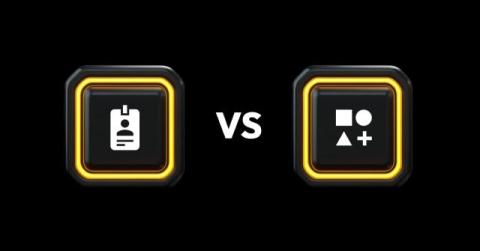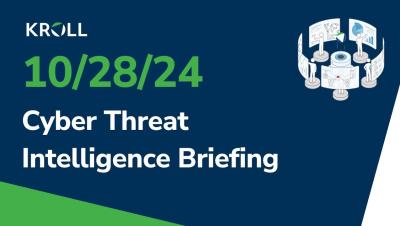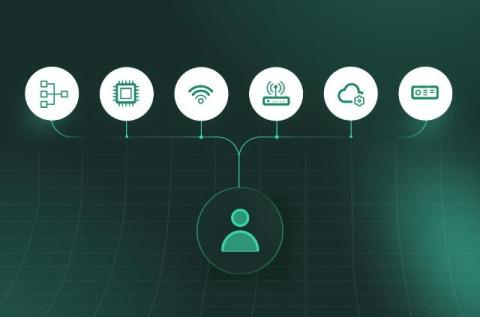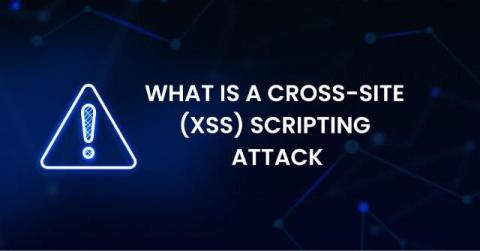RBAC vs ABAC: Which Should You Use?
The main difference between Role-Based Access Control (RBAC) and Attribute-Based Access Control (ABAC) is how they grant access to users and resources. RBAC focuses on granting access to users based on their roles within an organization, while ABAC grants users access based on their characteristics, such as their environment. Continue reading to learn more about RBAC and ABAC, their crucial differences and which form of access control your organization should use.











